
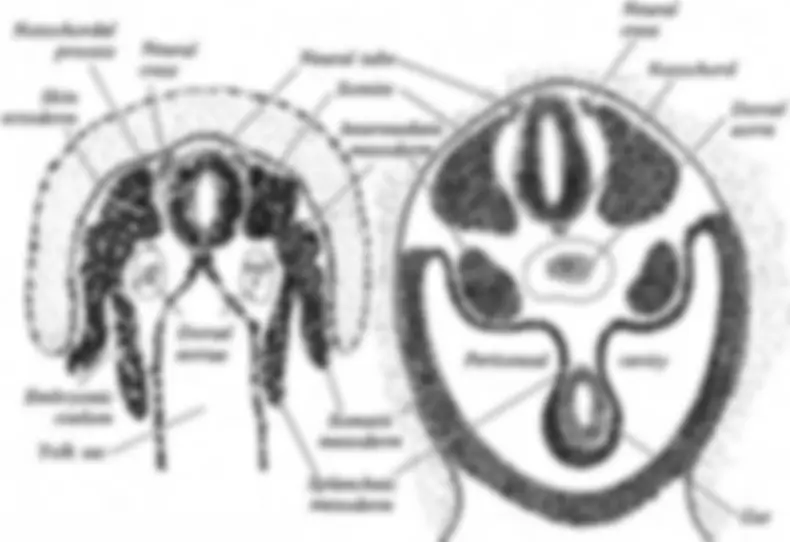
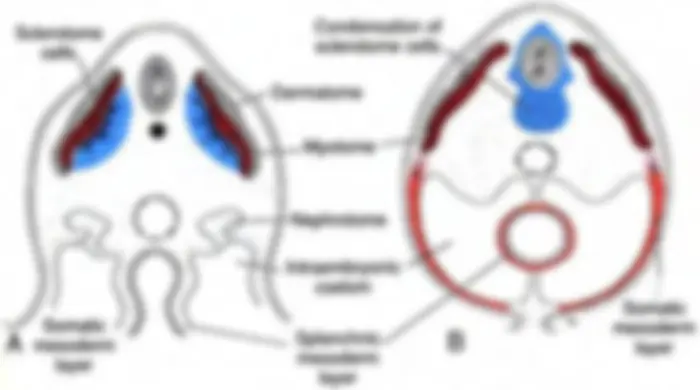
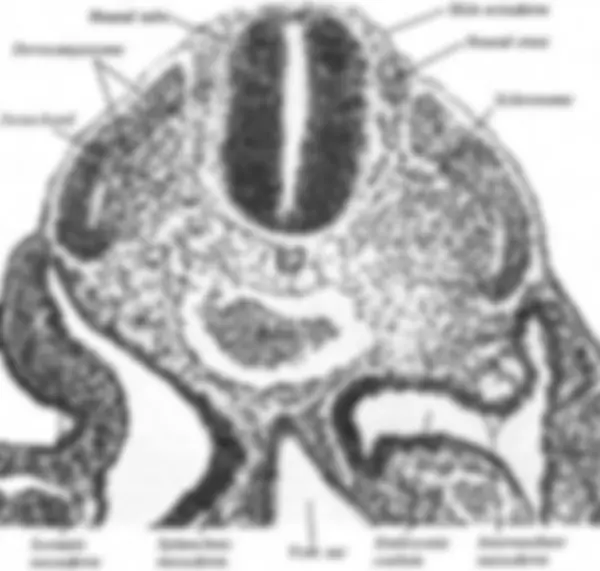

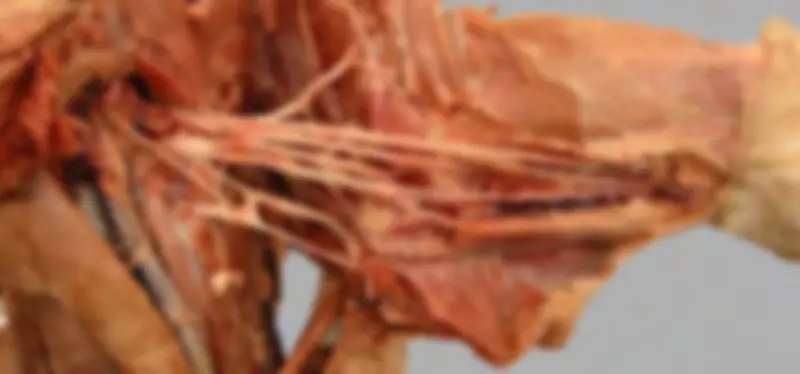
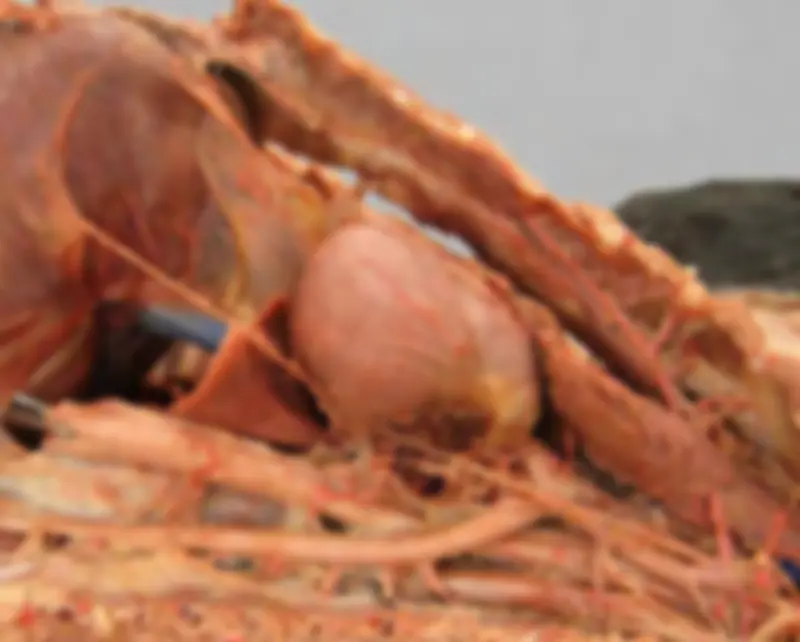
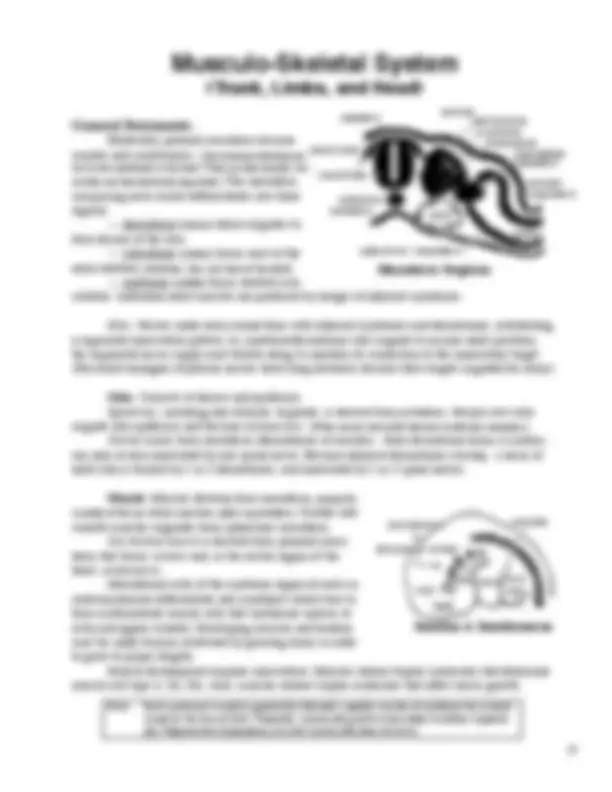
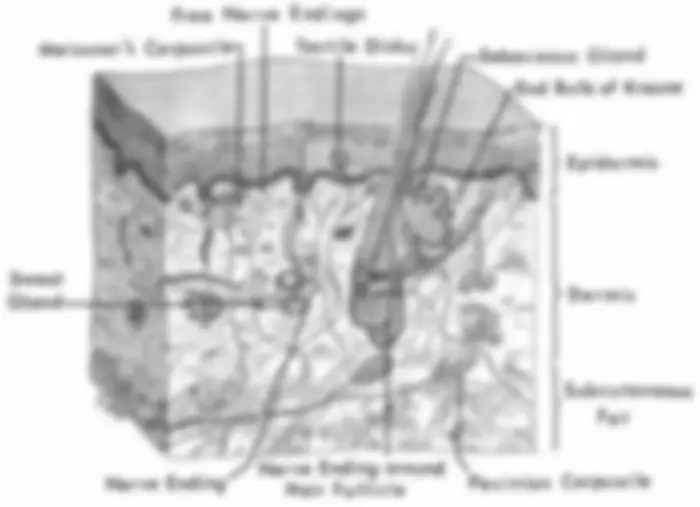
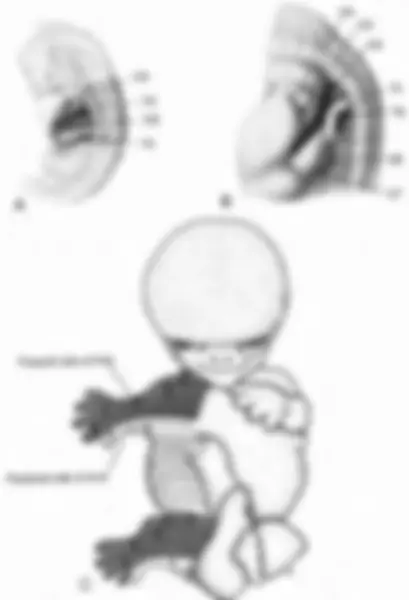
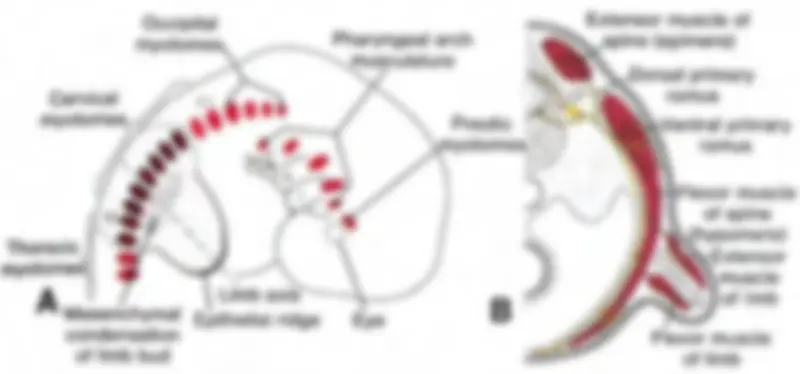
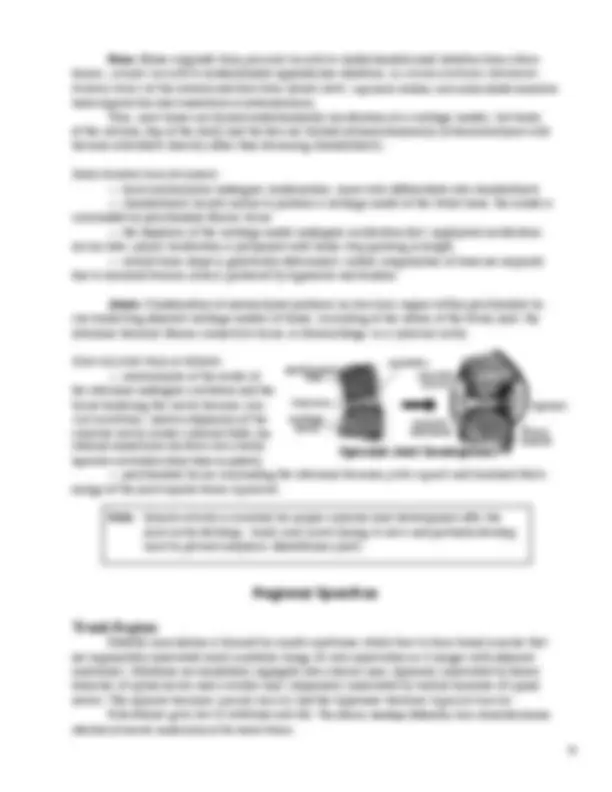
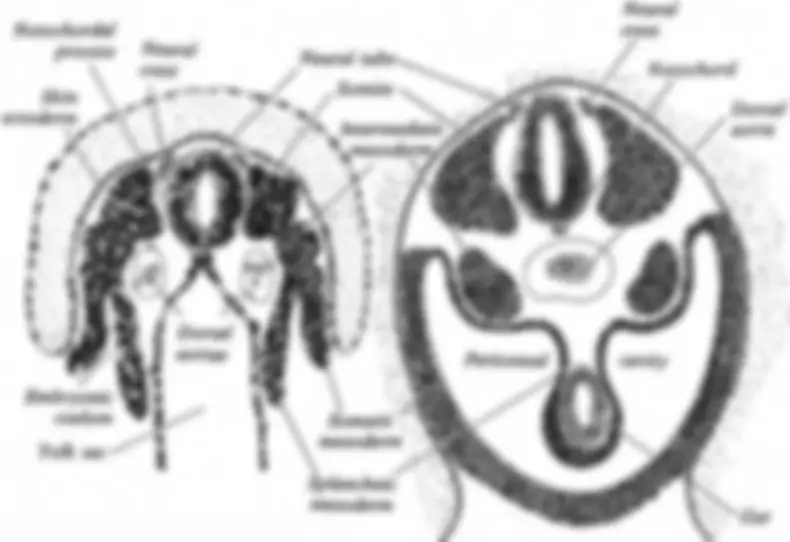
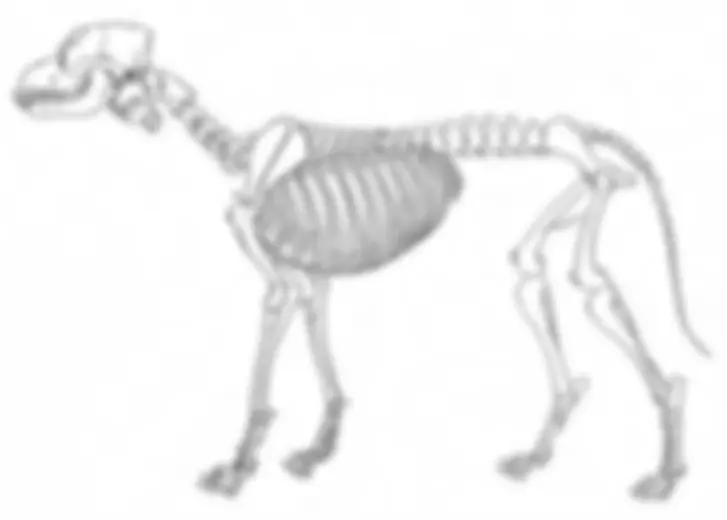
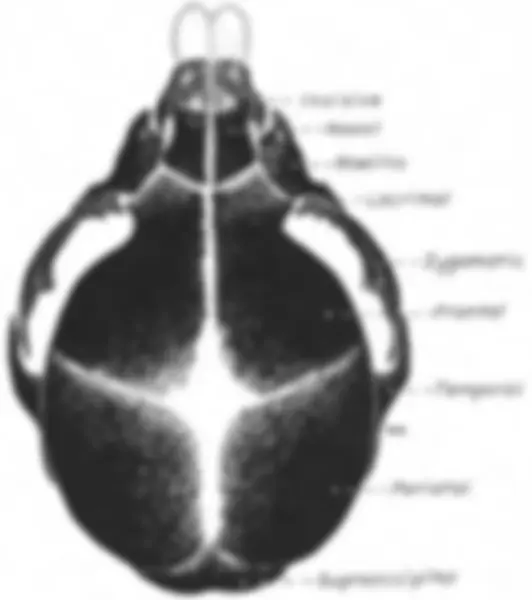
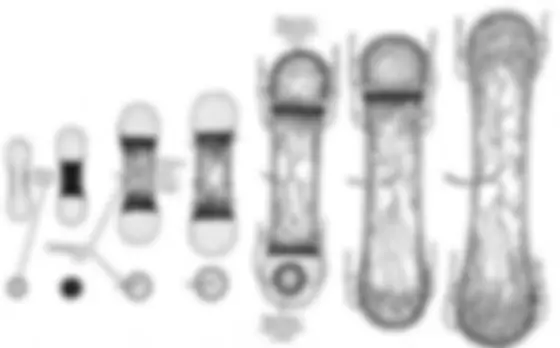
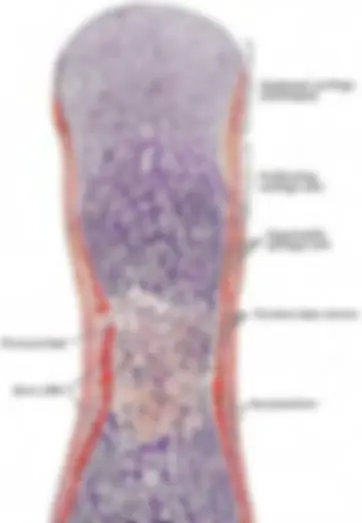
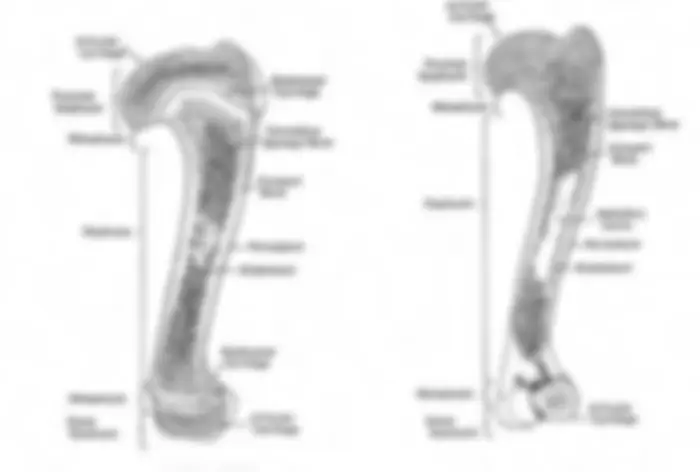
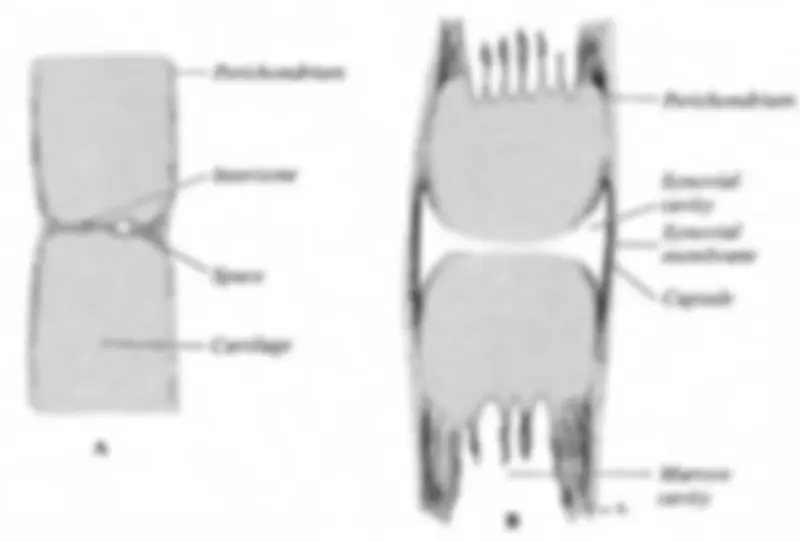
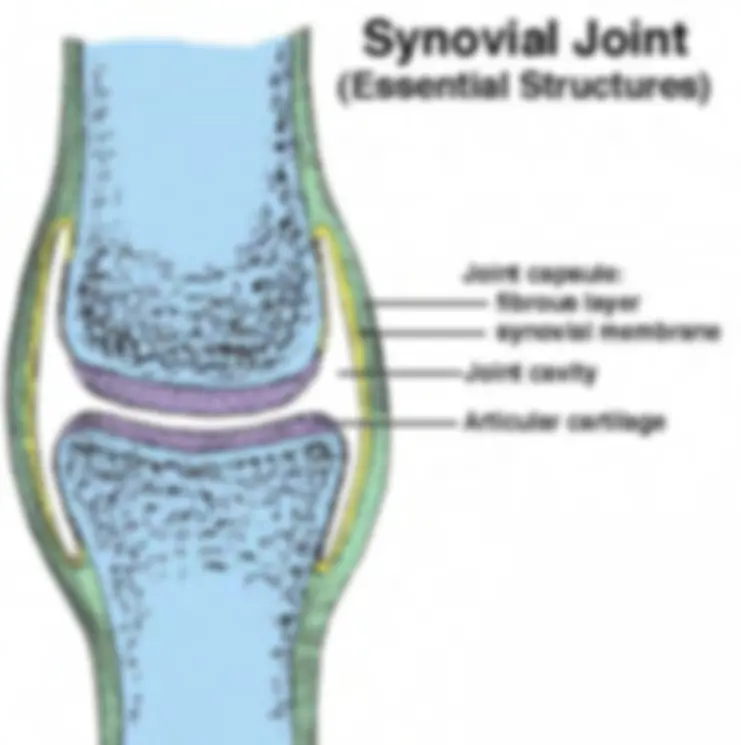
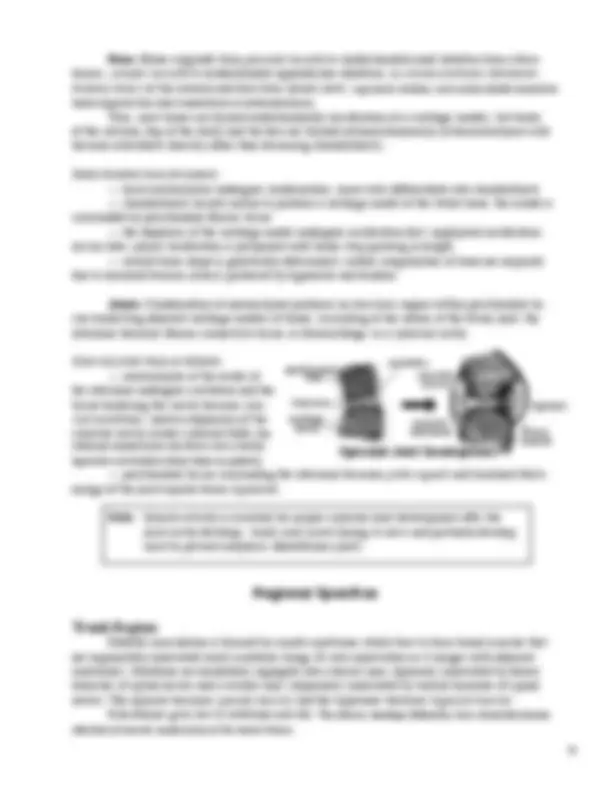
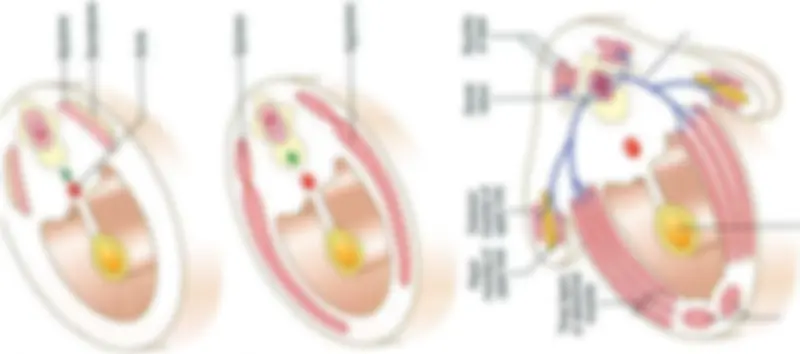
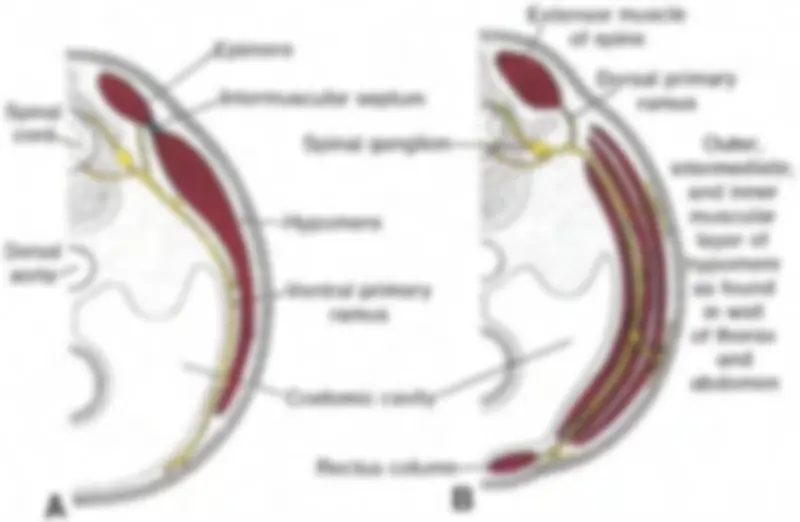
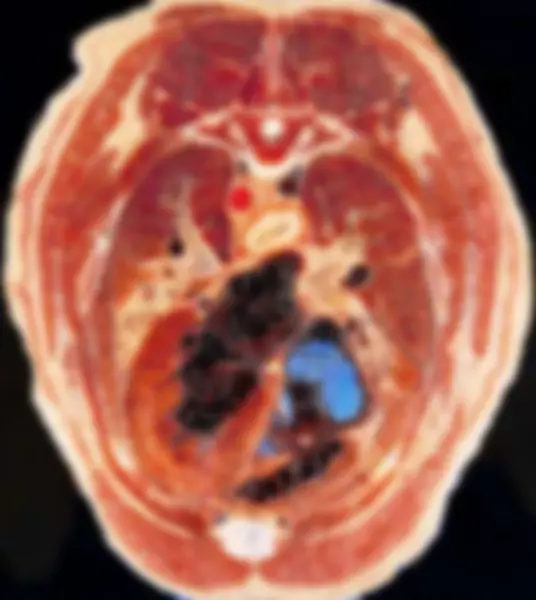
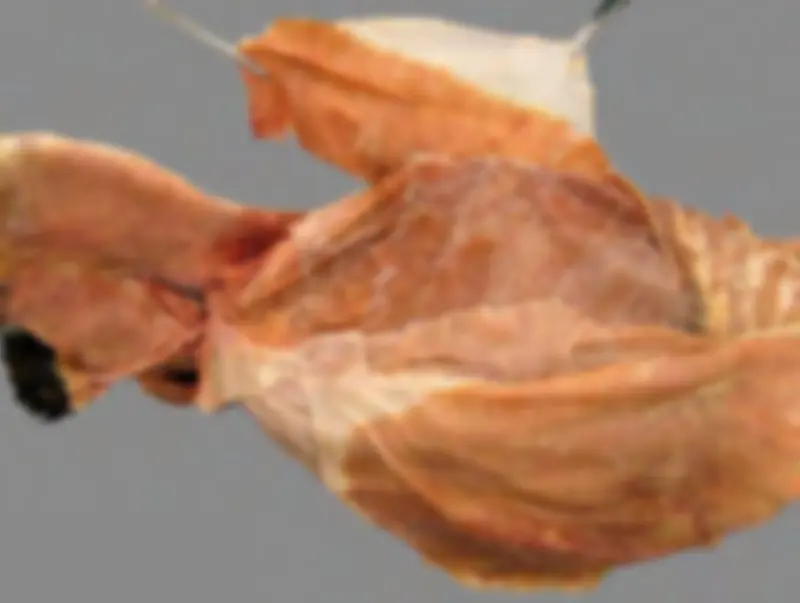
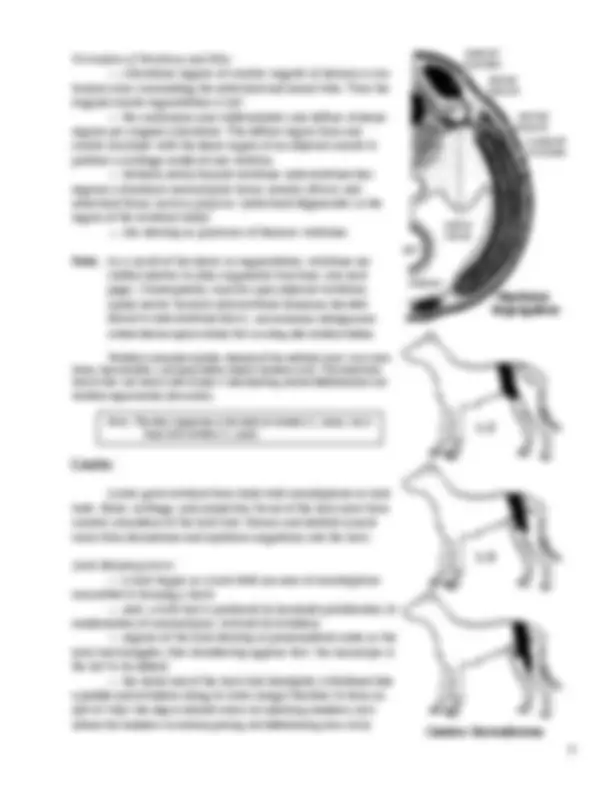
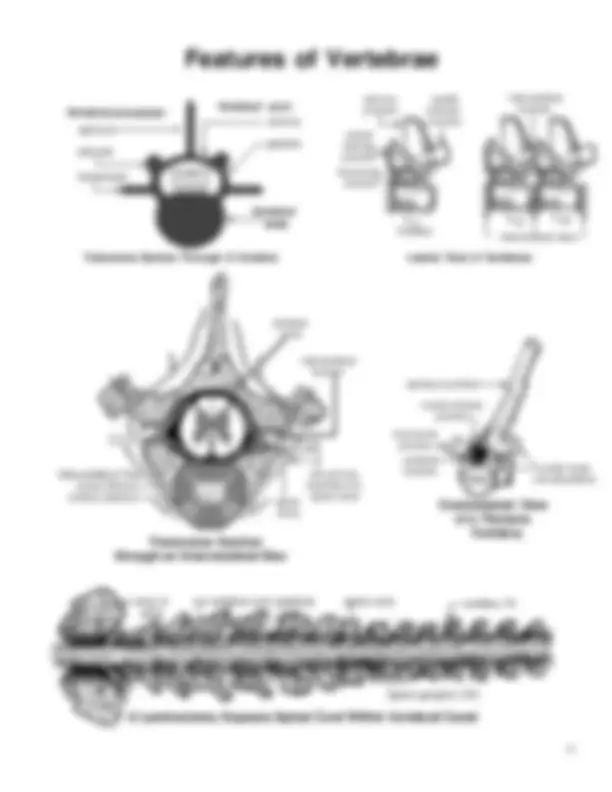
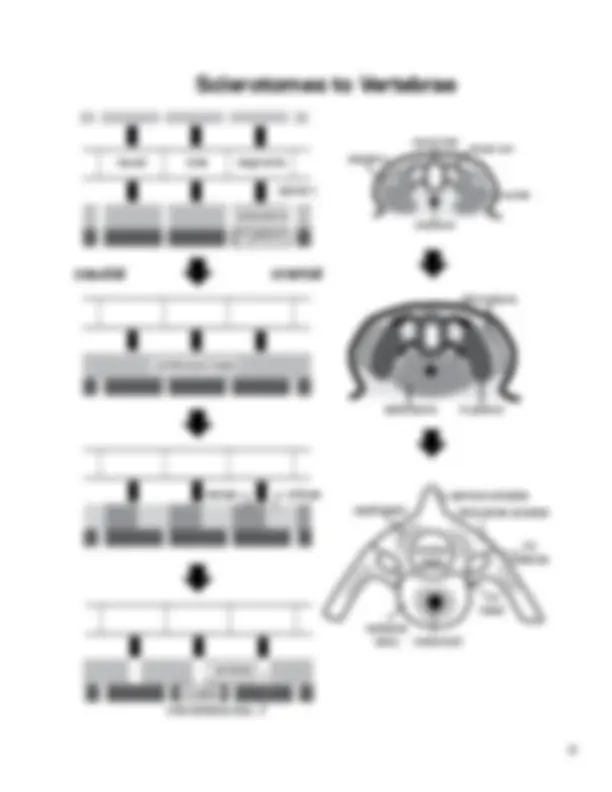
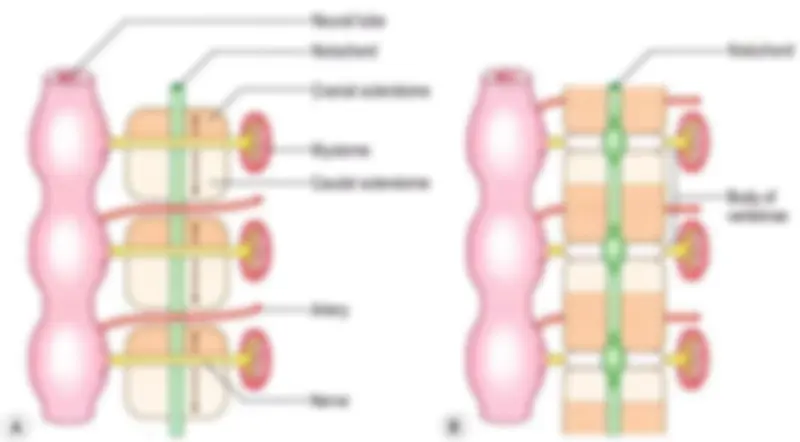
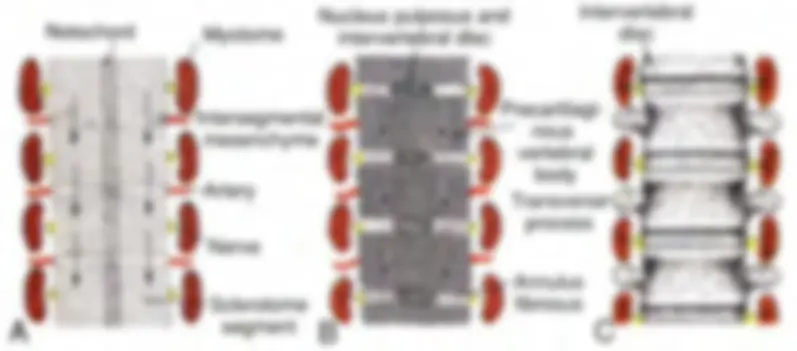
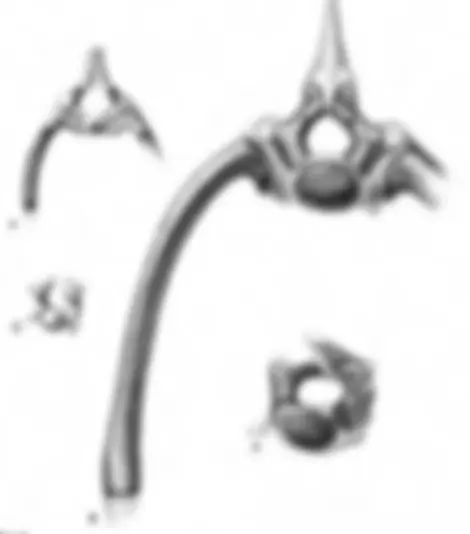
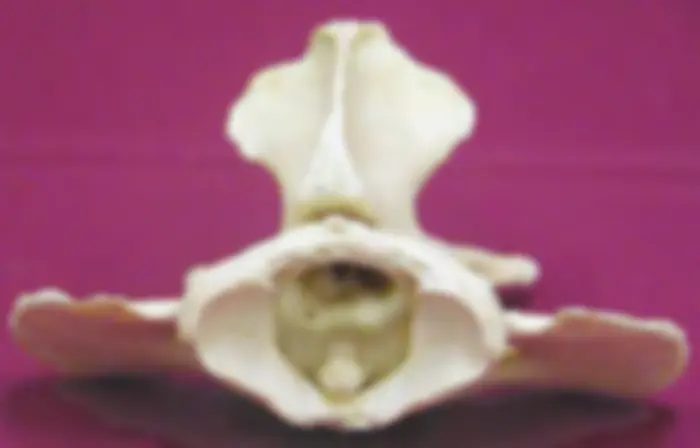


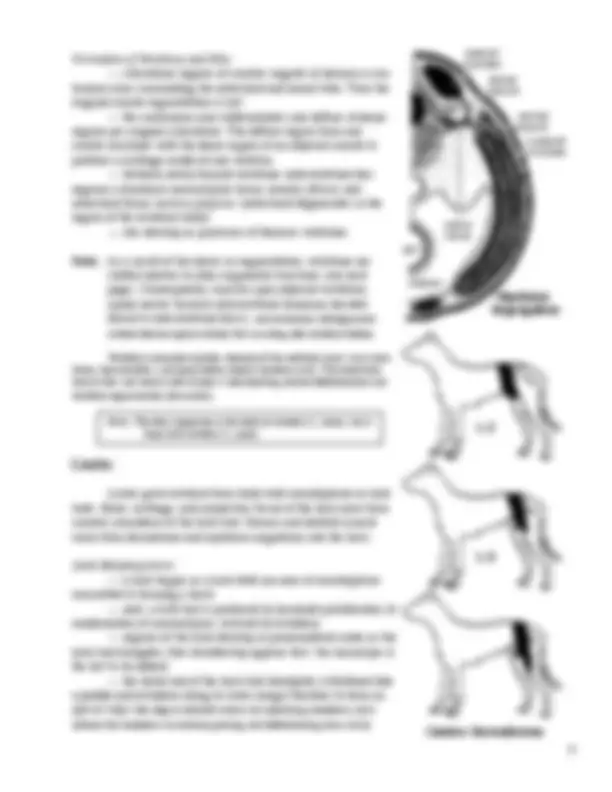
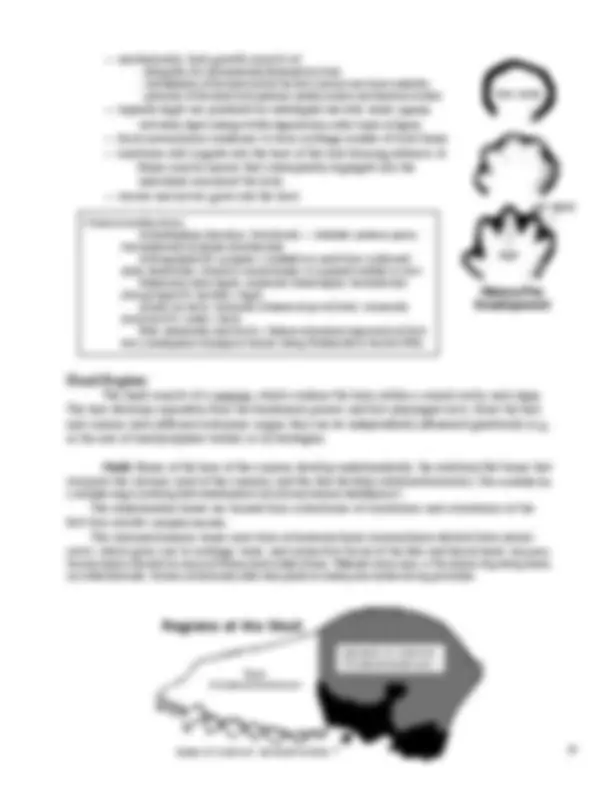
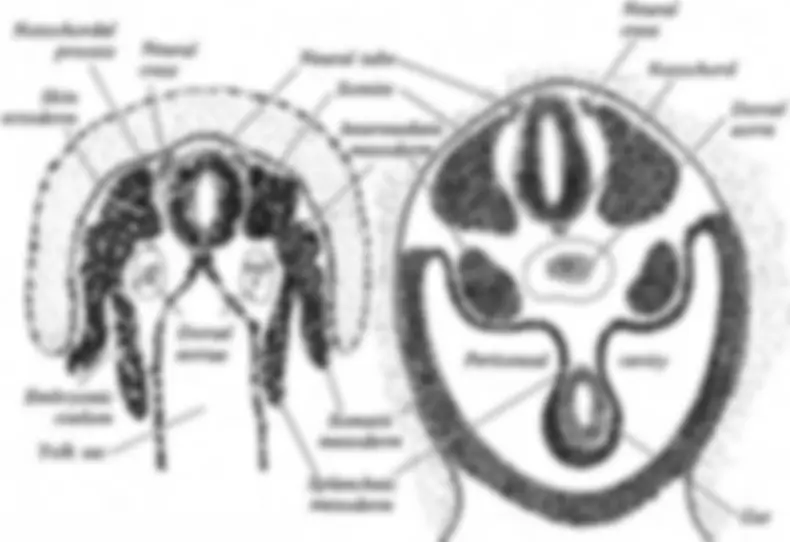
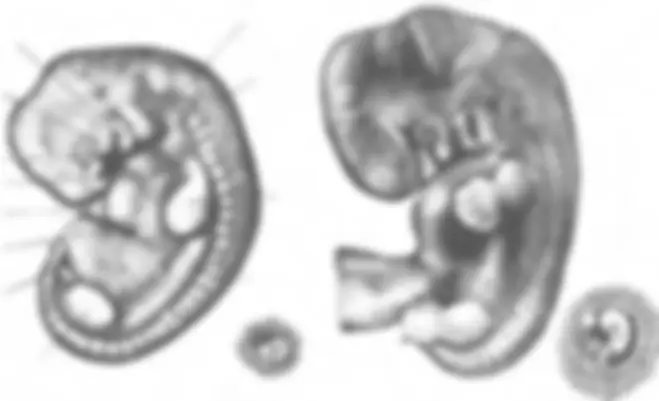
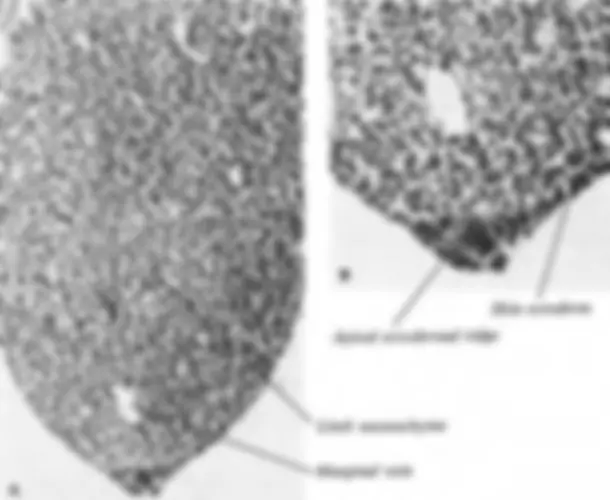
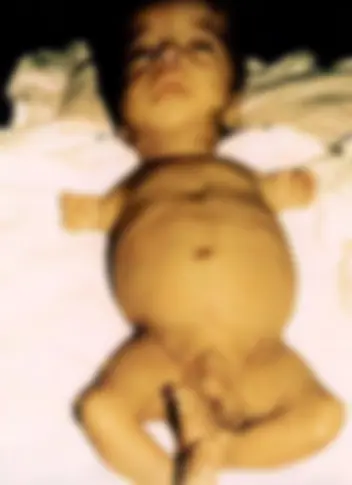
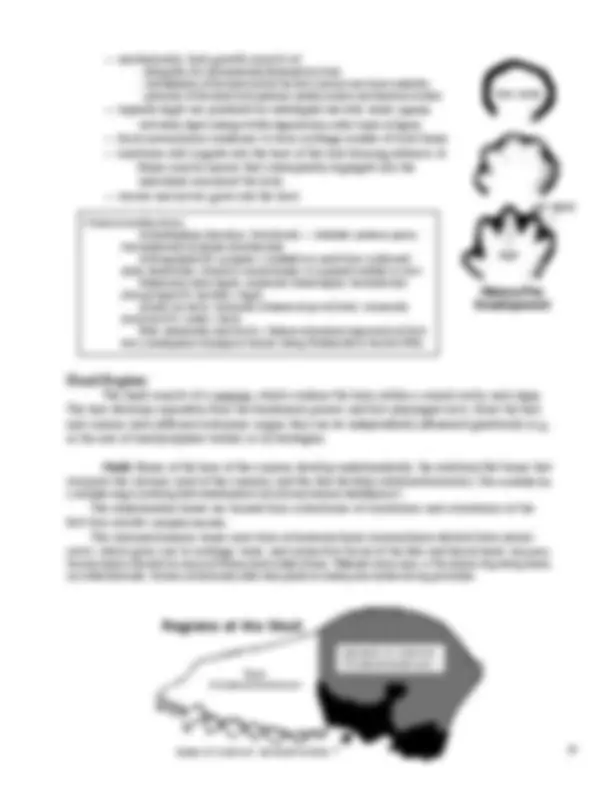
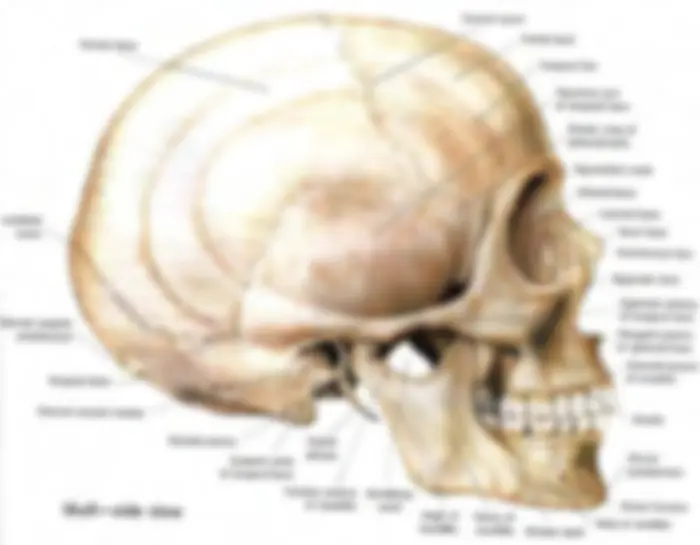
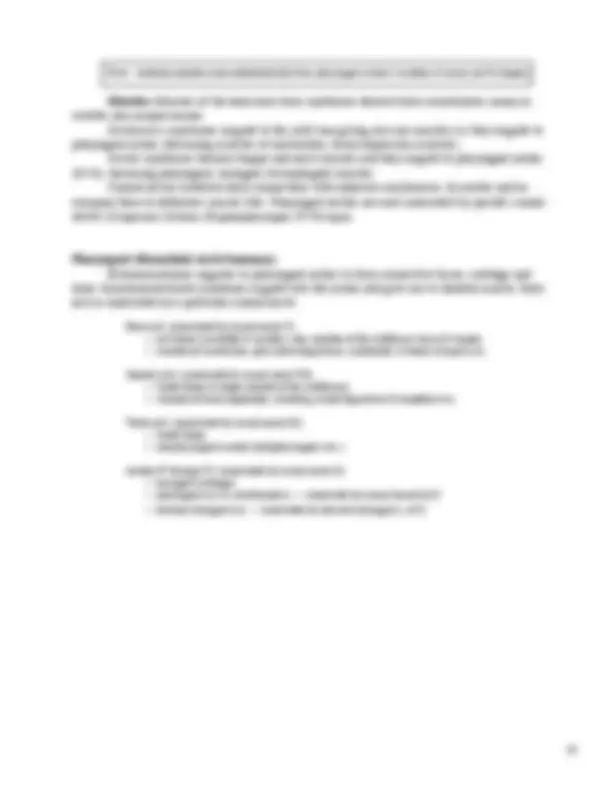
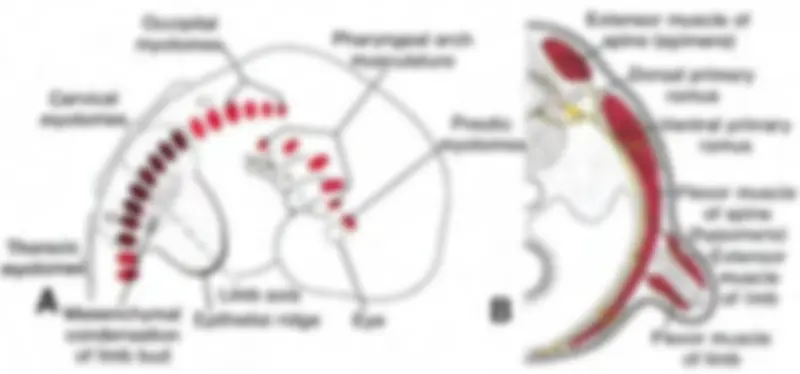
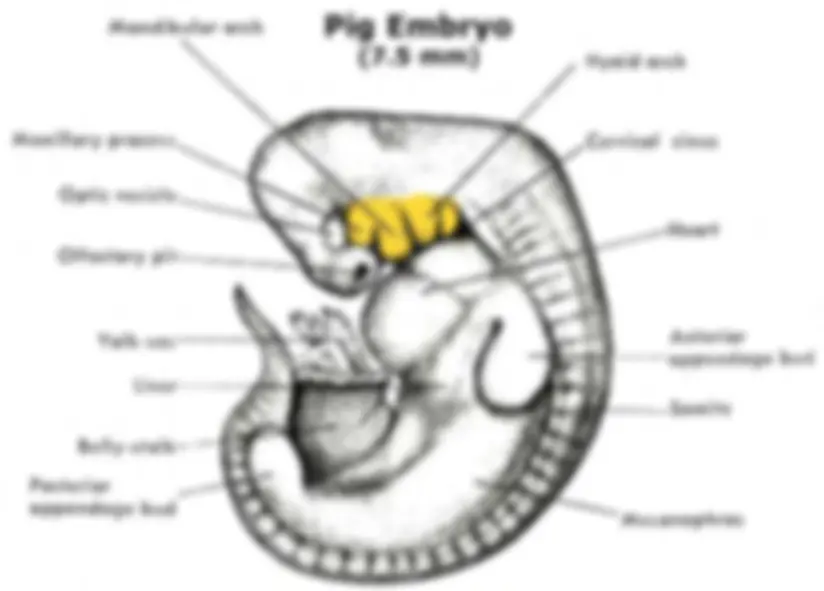


Study with the several resources on Docsity

Earn points by helping other students or get them with a premium plan


Prepare for your exams
Study with the several resources on Docsity

Earn points to download
Earn points by helping other students or get them with a premium plan
Community
Ask the community for help and clear up your study doubts
Discover the best universities in your country according to Docsity users
Free resources
Download our free guides on studying techniques, anxiety management strategies, and thesis advice from Docsity tutors
smooth muscles originate from splanchnic mesoderm. All skeletal muscle is derived from paraxial meso- derm that forms somites and, in the rostral region of the ...
Typology: Schemes and Mind Maps
1 / 52

This page cannot be seen from the preview
Don't miss anything!













































Bilaterally, paraxial mesoderm become somites and somitomeres. (Somitomeres develop ros- tral to the notochord in the head. They are like somites, but smaller and less distinctly organized.) The mesoderm comprising each somite differentiates into three regions: — dermatome (lateral) which migrates to form dermis of the skin — sclerotome (medial) forms most of the axial skeleton (vertebrae, ribs, and base of the skull). — myotome (middle) forms skeletal mus- culature. Individual adult muscles are produced by merger of adjacent myotomes.
Note: Nerves make early connections with adjacent myotomes and dermatomes, establishing a segmental innervation pattern. As myotome/dermatome cells migrate to assume adult positions, the segmental nerve supply must follow along to maintain its connection to the innervation target. (Recurrent laryngeal & phrenic nerves travel long distances because their targets migrated far away.)
Skin. Consists of dermis and epidermis. Epidermis , including hair follicles & glands, is derived from ectoderm. Neural crest cells migrate into epidermis and become melanocytes. (Other neural crest cells become tactile disc receptors.) Dermis arises from mesoderm (dermatomes of somites). Each dermatome forms a continu- ous area of skin innervated by one spinal nerve. Because adjacent dermatomes overlap, a locus of adult skin is formed by 2 or 3 dermatomes, and innervated by 2 or 3 spinal nerves.
Muscle. Muscles develop from mesoderm, except for muscles of the iris which arise from optic cup ectoderm. Cardiac and smooth muscles originate from splanchnic mesoderm. All skeletal muscle is derived from paraxial meso- derm that forms somites and, in the rostral region of the head, somitomeres. Mesodermal cells of the myotome region of each so- mite/somitomere differentiate into myoblasts which fuse to form multinucleate muscle cells that synthesize myosin & actin and appear striated. Developing muscles and tendons must be under tension (stretched by growing bone) in order to grow to proper lengths. Muscle development requires innervation. Muscles release trophic molecules that determine muscle cell type (I, IIa, IIb). Also, muscles release trophic molecules that affect nerve growth.
Note: Each anatomical muscle is genetically allocated a specific number of myoblasts that is deter- mined by the time of birth. Thereafter, muscle cell growth is due solely to cellular hypertro- phy. Regeneration (hyperplasia) of adult muscle cells does not occur.
Mesoderm Regions
ectoderm
endoderm
neural tube
neural crest
aorta coelom
somite: dermatome
sclerotome
myotome
intermediate mesoderm somatic mesoderm
splanchnic mesoderm
notochord
head
heart limb eye bud
somitomeres in pharyngeal arches
somites
Somites & Somitomeres
Bilaterally, paraxial mesoderm become somites and somitomeres. (Somitomeres develop ros- tral to the notochord in the head. They are like somites, but smaller and less distinctly organized.) The mesoderm comprising each somite differentiates into three regions: — dermatome (lateral) which migrates to form dermis of the skin — sclerotome (medial) forms most of the axial skeleton (vertebrae, ribs, and base of the skull). — myotome (middle) forms skeletal mus- culature. Individual adult muscles are produced by merger of adjacent myotomes.
Note: Nerves make early connections with adjacent myotomes and dermatomes, establishing a segmental innervation pattern. As myotome/dermatome cells migrate to assume adult positions, the segmental nerve supply must follow along to maintain its connection to the innervation target. (Recurrent laryngeal & phrenic nerves travel long distances because their targets migrated far away.)
Skin. Consists of dermis and epidermis. Epidermis , including hair follicles & glands, is derived from ectoderm. Neural crest cells migrate into epidermis and become melanocytes. (Other neural crest cells become tactile disc receptors.) Dermis arises from mesoderm (dermatomes of somites). Each dermatome forms a continu- ous area of skin innervated by one spinal nerve. Because adjacent dermatomes overlap, a locus of adult skin is formed by 2 or 3 dermatomes, and innervated by 2 or 3 spinal nerves.
Muscle. Muscles develop from mesoderm, except for muscles of the iris which arise from optic cup ectoderm. Cardiac and smooth muscles originate from splanchnic mesoderm. All skeletal muscle is derived from paraxial meso- derm that forms somites and, in the rostral region of the head, somitomeres. Mesodermal cells of the myotome region of each so- mite/somitomere differentiate into myoblasts which fuse to form multinucleate muscle cells that synthesize myosin & actin and appear striated. Developing muscles and tendons must be under tension (stretched by growing bone) in order to grow to proper lengths. Muscle development requires innervation. Muscles release trophic molecules that determine muscle cell type (I, IIa, IIb). Also, muscles release trophic molecules that affect nerve growth.
Note: Each anatomical muscle is genetically allocated a specific number of myoblasts that is deter- mined by the time of birth. Thereafter, muscle cell growth is due solely to cellular hypertro- phy. Regeneration (hyperplasia) of adult muscle cells does not occur.
Mesoderm Regions
ectoderm
endoderm
neural tube
neural crest
aorta coelom
somite: dermatome
sclerotome
myotome
intermediate mesoderm somatic mesoderm
splanchnic mesoderm
notochord
head
heart limb eye bud
somitomeres in pharyngeal arches
somites
Somites & Somitomeres
Bilaterally, paraxial mesoderm become somites and somitomeres. (Somitomeres develop ros- tral to the notochord in the head. They are like somites, but smaller and less distinctly organized.) The mesoderm comprising each somite differentiates into three regions: — dermatome (lateral) which migrates to form dermis of the skin — sclerotome (medial) forms most of the axial skeleton (vertebrae, ribs, and base of the skull). — myotome (middle) forms skeletal mus- culature. Individual adult muscles are produced by merger of adjacent myotomes.
Note: Nerves make early connections with adjacent myotomes and dermatomes, establishing a segmental innervation pattern. As myotome/dermatome cells migrate to assume adult positions, the segmental nerve supply must follow along to maintain its connection to the innervation target. (Recurrent laryngeal & phrenic nerves travel long distances because their targets migrated far away.)
Skin. Consists of dermis and epidermis. Epidermis , including hair follicles & glands, is derived from ectoderm. Neural crest cells migrate into epidermis and become melanocytes. (Other neural crest cells become tactile disc receptors.) Dermis arises from mesoderm (dermatomes of somites). Each dermatome forms a continu- ous area of skin innervated by one spinal nerve. Because adjacent dermatomes overlap, a locus of adult skin is formed by 2 or 3 dermatomes, and innervated by 2 or 3 spinal nerves.
Muscle. Muscles develop from mesoderm, except for muscles of the iris which arise from optic cup ectoderm. Cardiac and smooth muscles originate from splanchnic mesoderm. All skeletal muscle is derived from paraxial meso- derm that forms somites and, in the rostral region of the head, somitomeres. Mesodermal cells of the myotome region of each so- mite/somitomere differentiate into myoblasts which fuse to form multinucleate muscle cells that synthesize myosin & actin and appear striated. Developing muscles and tendons must be under tension (stretched by growing bone) in order to grow to proper lengths. Muscle development requires innervation. Muscles release trophic molecules that determine muscle cell type (I, IIa, IIb). Also, muscles release trophic molecules that affect nerve growth.
Note: Each anatomical muscle is genetically allocated a specific number of myoblasts that is deter- mined by the time of birth. Thereafter, muscle cell growth is due solely to cellular hypertro- phy. Regeneration (hyperplasia) of adult muscle cells does not occur.
Mesoderm Regions
ectoderm
endoderm
neural tube
neural crest
aorta coelom
somite: dermatome
sclerotome
myotome
intermediate mesoderm somatic mesoderm
splanchnic mesoderm
notochord
head
heart limb eye bud
somitomeres in pharyngeal arches
somites
Somites & Somitomeres
Bone. Bones originate from paraxial mesoderm (endochondral axial skeleton from sclero- tomes), somatic mesoderm (endochondral appendicular skeleton), or ectomesenchyme (intramem- branous bones of the calvaria and face from neural crest). Ligaments, tendons, and muscle-related connective tissue originate from local mesenchyme or ectomesenchyme. Thus, most bones are formed endochondrally (ossification of a cartilage model), but bones of the calvaria (top of the skull) and the face are formed intramembranously (ectomesenchyme cells become osteoblasts directly rather than becoming chondroblasts).
Endochondral bone formation : — local mesenchyme undergoes condensation; some cells differentiate into chondroblasts — chondroblasts secrete matrix to produce a cartilage model of the future bone; the model is surrounded by perichondral fibrous tissue — the diaphysis of the cartilage model undergoes ossification first; epiphyseal ossification occurs later; physis ossification is postponed until bones stop growing in length. — overall bone shape is genetically determined; surface irregularities of bone are acquired due to localized tension (stress) produced by ligaments and tendons.
Joints. Condensation of mesenchyme produces an interzone region within perichondral tis- sue connecting adjacent cartilage models of bones. According to the nature of the future joint, the interzone becomes fibrous connective tissue, or fibrocartilage, or a synovial cavity.
Synovial joints form as follows: — mesenchyme at the center of the interzone undergoes cavitation and the tissue bordering the cavity become syno- vial membrane ; uneven expansion of the synovial cavity creates synovial folds (the interzone mesenchyme also forms intra-articular ligaments and tendons where these are present); — perichondral tissue surrounding the interzone becomes joint capsule and localized thick- enings of the joint capsule forms ligaments.
Note: Muscle activity is essential for proper synovial joint development after the joint cavity develops. Joints must move during in utero and postnatal develop ment to prevent ankylosis (fixed/frozen joint).
Skeletal musculature is formed by somite myotomes which fuse to form broad muscles that are segmentally innervated (each myotome brings its own innervation as it merges with adjacent myotomes). Myotome accumulations segregate into a dorsal mass (epimere) innervated by dorsal branches of spinal nerves and a ventral mass (hypomere) innervated by ventral branches of spinal nerves. The epimere becomes epaxial muscles and the hypomere becomes hypaxial muscles. Sclerotomes give rise to vertebrae and ribs. The sternum develops differently, from chondrification/os- sification of somatic mesenchyme of the ventral thorax.
Synovial Joint Development
perichondral layer
cartilage (bone)
interzone (^) ligament
cavitation
fibrous capsule
synovial membrane
synovial cavity